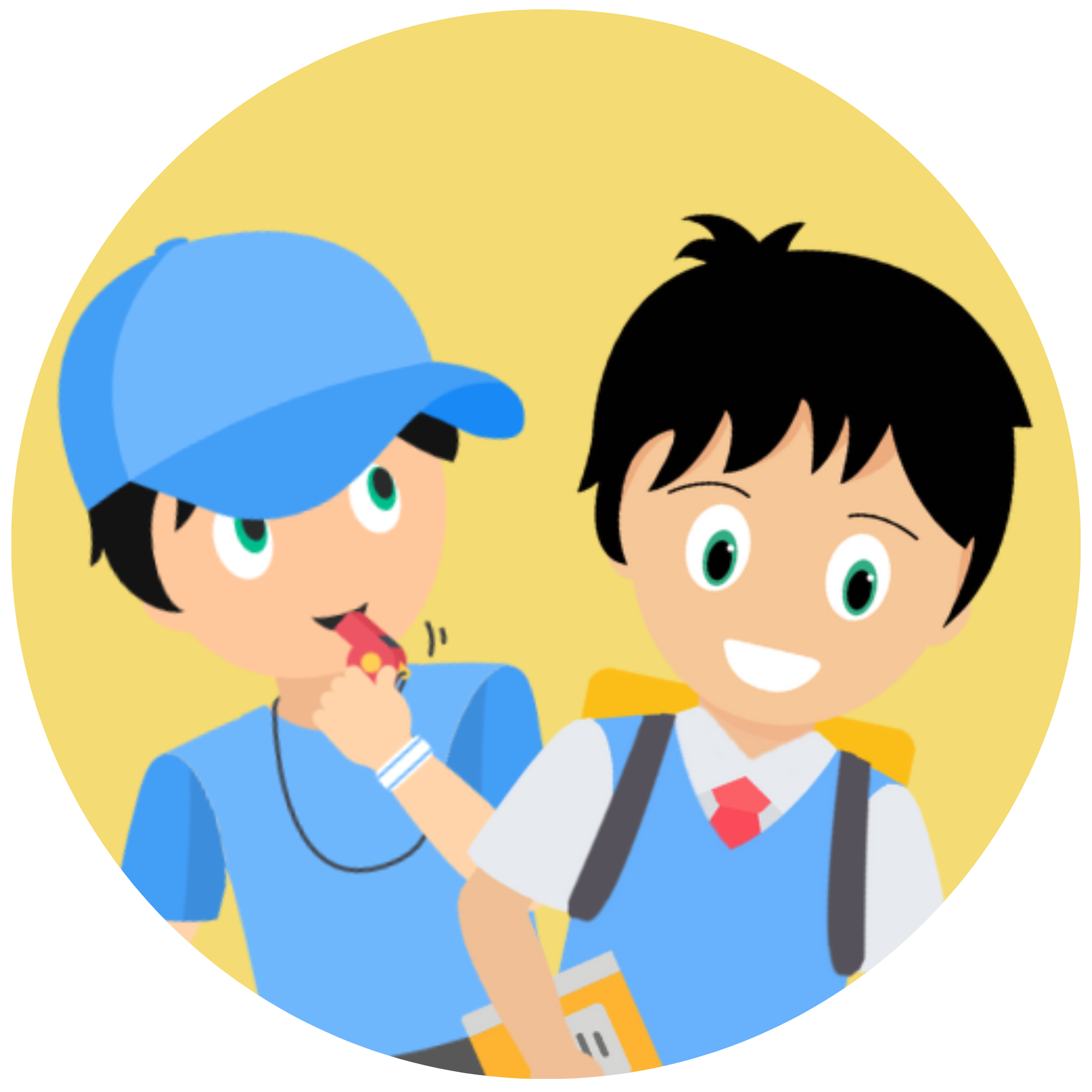Engaging classroom activities offer a wide range of benefits for both students and educators. For students, these activities provide an opportunity to actively engage with the material, which can lead to a deeper understanding and retention of the content. By participating in interactive exercises, students are able to apply their knowledge in real-world scenarios, develop critical thinking skills, and improve their problem-solving abilities.
Engaging classroom activities also help to create a more inclusive learning environment, where all students have the opportunity to contribute and learn from one another. For educators, engaging classroom activities provide valuable insights into students’ comprehension of the material. By observing students’ participation and responses during these activities, teachers can identify areas of confusion and adjust their teaching strategies accordingly.
Additionally, engaging classroom activities can help to foster a positive and supportive classroom culture, where students feel motivated and empowered to take an active role in their own learning. Overall, engaging classroom activities can lead to improved academic performance, increased student motivation, and a more enjoyable teaching experience for educators.
Incorporating Technology into Classroom Activities
Incorporating technology into classroom activities can enhance the learning experience by providing students with access to a wide range of resources and tools. Technology can be used to create interactive presentations, conduct virtual experiments, facilitate online discussions, and provide access to educational games and simulations. By integrating technology into classroom activities, educators can cater to different learning styles and engage students in a more dynamic and interactive way.
Furthermore, technology can help to bridge the gap between the classroom and the real world by providing students with access to up-to-date information and resources. For example, students can use the internet to conduct research on current events or access online databases for additional reading materials. Additionally, technology can facilitate collaboration among students by allowing them to work on group projects remotely or communicate with their peers through online platforms.
Overall, incorporating technology into classroom activities can help to create a more engaging and relevant learning experience for students.
Group Work and Collaboration

Group work and collaboration are essential components of engaging classroom activities. By working in groups, students have the opportunity to learn from one another, develop their communication and teamwork skills, and gain a deeper understanding of the material through discussion and debate. Group work also provides a platform for students to share their ideas and perspectives, which can lead to a more diverse and inclusive learning environment.
Furthermore, group work and collaboration can help to prepare students for the real world by simulating professional environments where teamwork and cooperation are essential. By working on group projects, students can develop important skills such as leadership, negotiation, and conflict resolution. Additionally, group work can help to foster a sense of community and support among students, as they work together towards a common goal.
Overall, group work and collaboration are valuable components of engaging classroom activities that can help to promote active learning and create a more inclusive learning environment.
Creative and Hands-On Activities
Creative and hands-on activities are effective tools for engaging students in the learning process. These activities can take many forms, including art projects, role-playing exercises, scientific experiments, and interactive demonstrations. By incorporating creative and hands-on activities into the curriculum, educators can cater to different learning styles and provide students with a more immersive and memorable learning experience.
Creative and hands-on activities also help to stimulate students’ creativity and imagination, as they are encouraged to think outside the box and explore new ideas. These activities can also help to make abstract concepts more tangible and relatable for students by providing them with concrete examples and experiences. Additionally, creative and hands-on activities can help to foster a sense of excitement and curiosity among students, as they are given the opportunity to explore new ideas and concepts in a hands-on way.
Overall, creative and hands-on activities are valuable tools for engaging students in the learning process and promoting a more dynamic and interactive classroom environment.
Active Learning Strategies
Active learning strategies are essential for engaging students in the learning process and promoting deeper understanding of the material. These strategies involve encouraging students to take an active role in their own learning through participation in discussions, problem-solving exercises, and interactive demonstrations. Active learning strategies can take many forms, including peer teaching, case studies, role-playing exercises, and collaborative projects.
By incorporating active learning strategies into the curriculum, educators can create a more dynamic and interactive learning environment that encourages students to think critically and apply their knowledge in real-world scenarios. Active learning strategies also help to promote a more inclusive learning environment by providing all students with the opportunity to contribute and learn from one another. Additionally, active learning strategies can help to foster a sense of ownership and responsibility among students for their own learning, as they are encouraged to take an active role in the learning process.
Overall, active learning strategies are valuable tools for engaging students in the learning process and promoting deeper understanding of the material.
Assessment and Feedback in Engaging Classroom Activities

Assessment and feedback are essential components of engaging classroom activities that help educators gauge students’ understanding of the material and provide them with valuable insights into their progress. By assessing students’ performance during engaging classroom activities, educators can identify areas of confusion or misunderstanding and tailor their teaching methods accordingly. Additionally, assessment provides students with an opportunity to demonstrate their understanding of the material and receive constructive feedback on their performance.
Feedback is also an important component of engaging classroom activities as it provides students with valuable insights into their strengths and areas for improvement. By providing timely and constructive feedback, educators can help students identify areas where they need additional support or guidance. Additionally, feedback can help to motivate students by recognizing their achievements and providing them with encouragement to continue working towards their goals.
Overall, assessment and feedback are essential components of engaging classroom activities that help educators gauge students’ understanding of the material and provide them with valuable insights into their progress. In conclusion, engaging classroom activities are essential for creating a dynamic and interactive learning environment that promotes active participation in the learning process. These activities offer a wide range of benefits for both students and educators by providing opportunities for deeper understanding of the material, fostering a positive classroom culture, catering to different learning styles, promoting collaboration among students, stimulating creativity and imagination, promoting deeper understanding of the material through active learning strategies, as well as providing valuable insights into students’ progress through assessment and feedback.
By incorporating technology into these activities, promoting group work and collaboration, incorporating creative and hands-on activities into the curriculum, using active learning strategies, as well as implementing effective assessment and feedback mechanisms, educators can create a more stimulating and enjoyable learning experience for their students.




